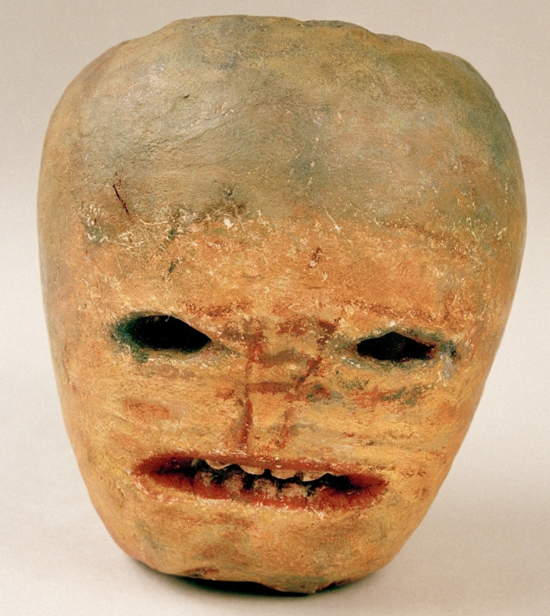Click below to listen to my 2 min. Garden Bite radio show/podcast: Happy Samhain – it’s Tradition 2022
Monday is Halloween or is it Samhain?
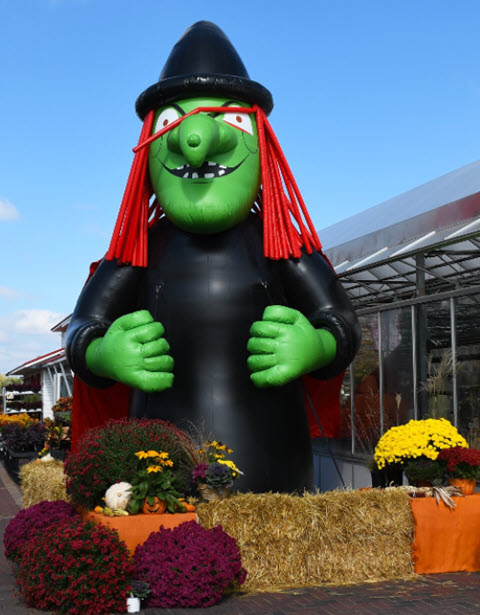
According to the National Retail Foundation, Americans will spend an estimated $10.6 billion on Halloween festivities. Gen Z is reportedly going to spend the most this year post (sort-of) pandemic. The TOP celebration includes handing out candy!
The origin of the celebration began as a mark of the end of “light” and the beginning of the “dark”. The ancient Celtic festival of Samhain (pronounced Sah win) was (and still is in some places) celebrated as the end of summer and harvest and the beginning of the dark, cold winter.
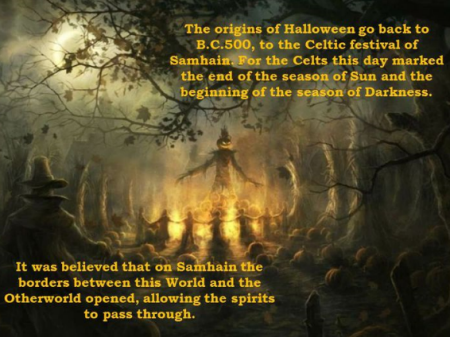
Celts believed that on the night before the new year (which they believed to be November 1st), the boundary between the worlds of the living and the dead became blurred. On the night of October 31 they celebrated Samhain, when it was believed that the ghosts of the dead returned to earth enabling communication.
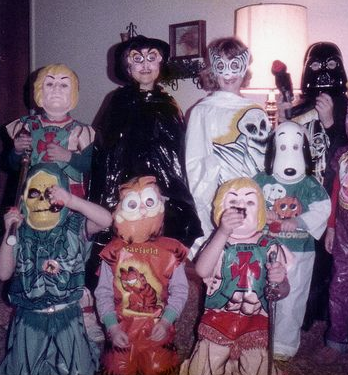
The notion of dressing up in costume and going from door to door for treats dates back to the Middle Ages. “Children and sometimes poor adults would dress up [as saints, angels or demons] and go around begging for food or money in exchange for songs and prayers, often said on behalf of the dead.”
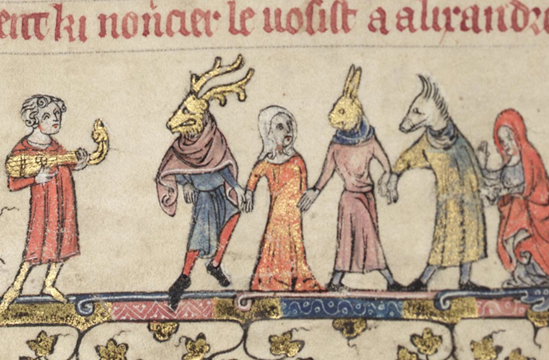
Back then, it was called “souling” and the beggars were given “soul cakes” to pray for the givers’ lost loved ones.
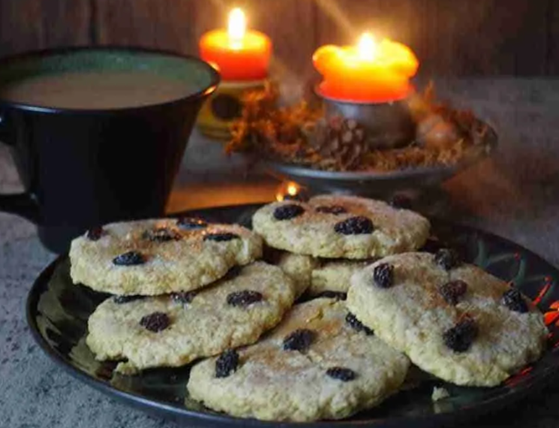
It’s believed that Trick-or-treating emerged in the U.S. from that tradition in the 1920s and 1930s. Americans are also the ones who started using pumpkins as jack-o-lanterns, or Jack of the Lantern. The idea being to keep evil spirits away. However, night watchmen used all sorts of vegetables for lanterns to light their way.

National Geographic has a great article on the history of the Jack-o-lantern. I’ll leave the link but you might have to “subscribe” to see it…
